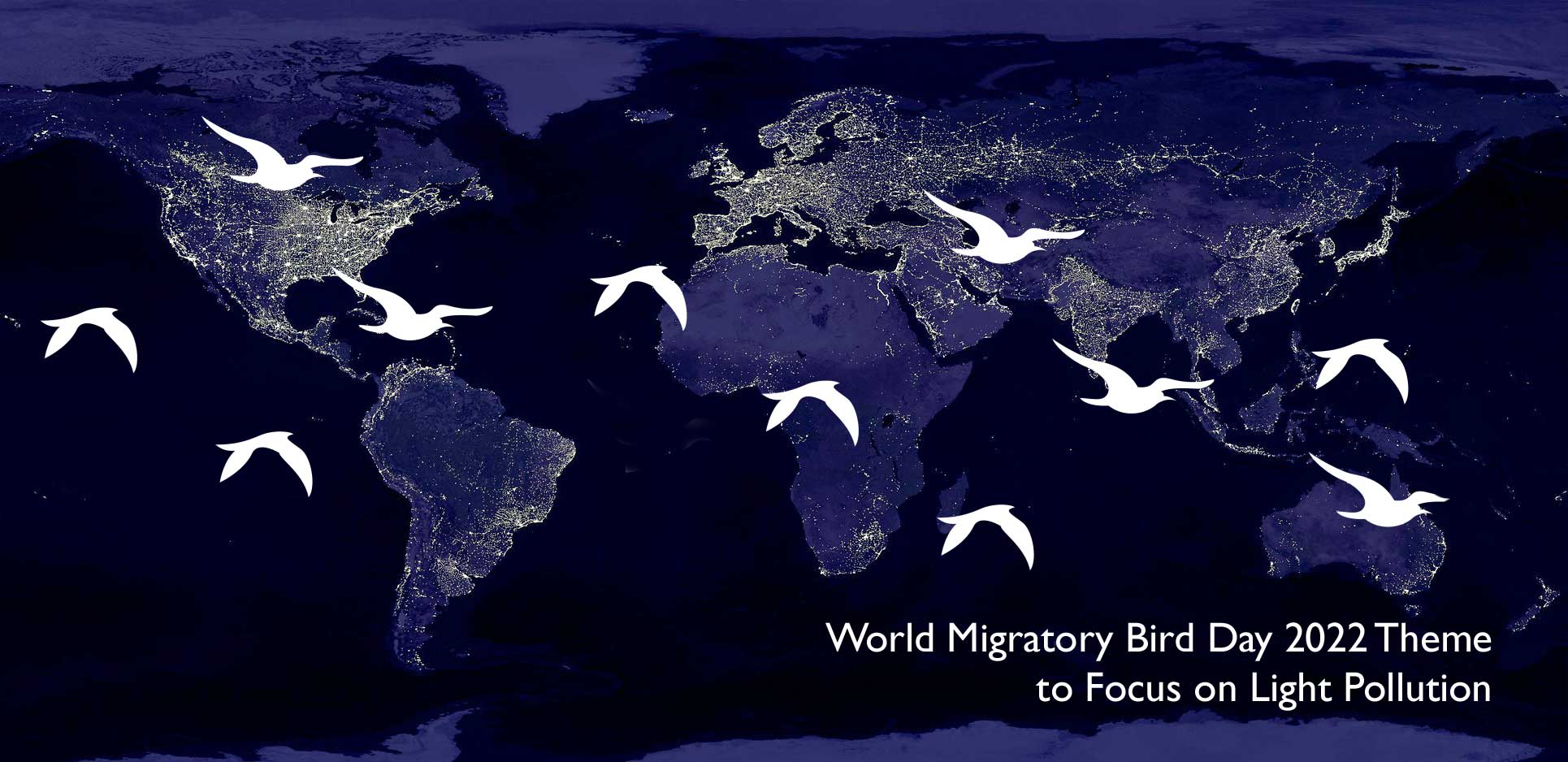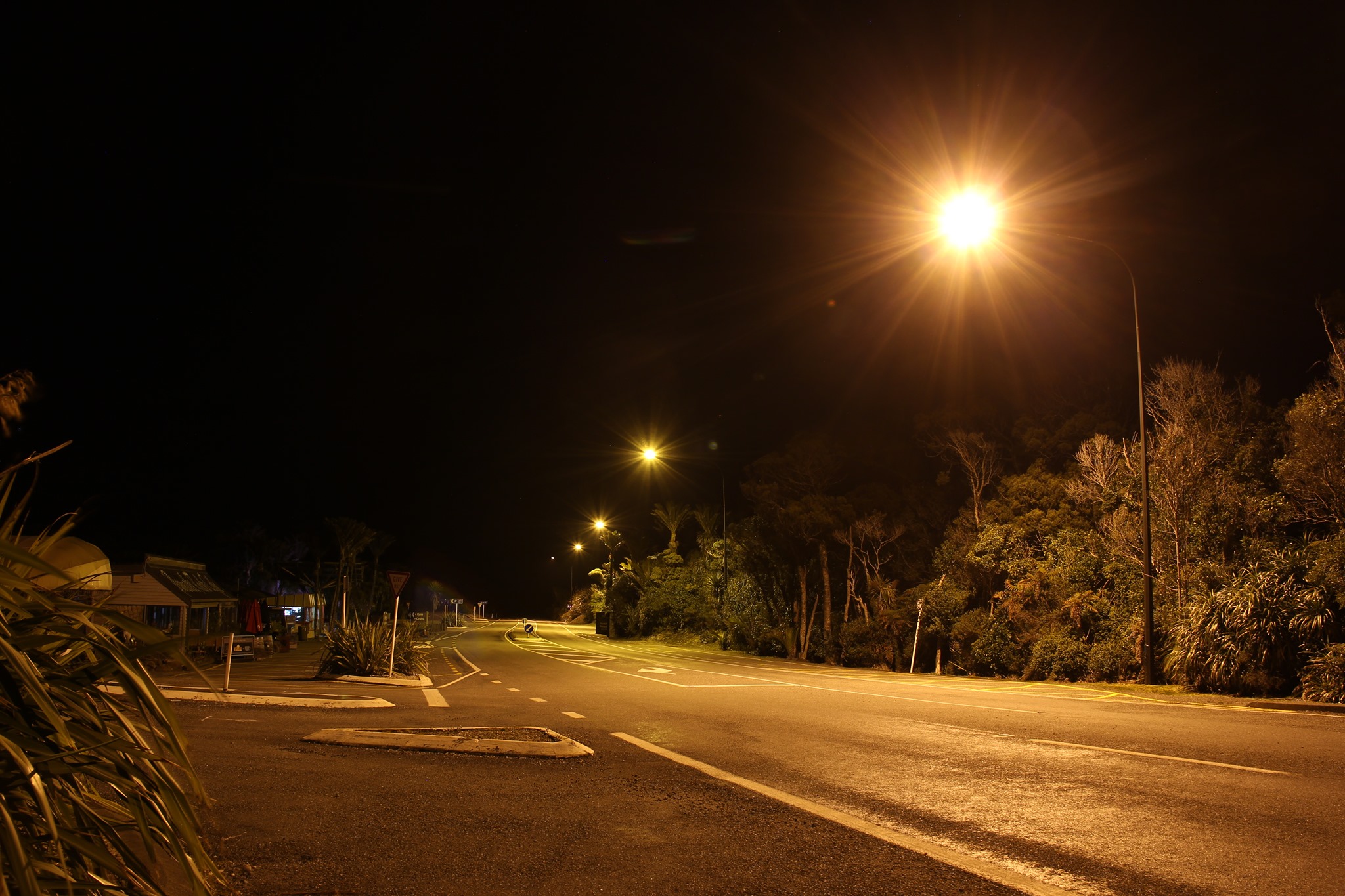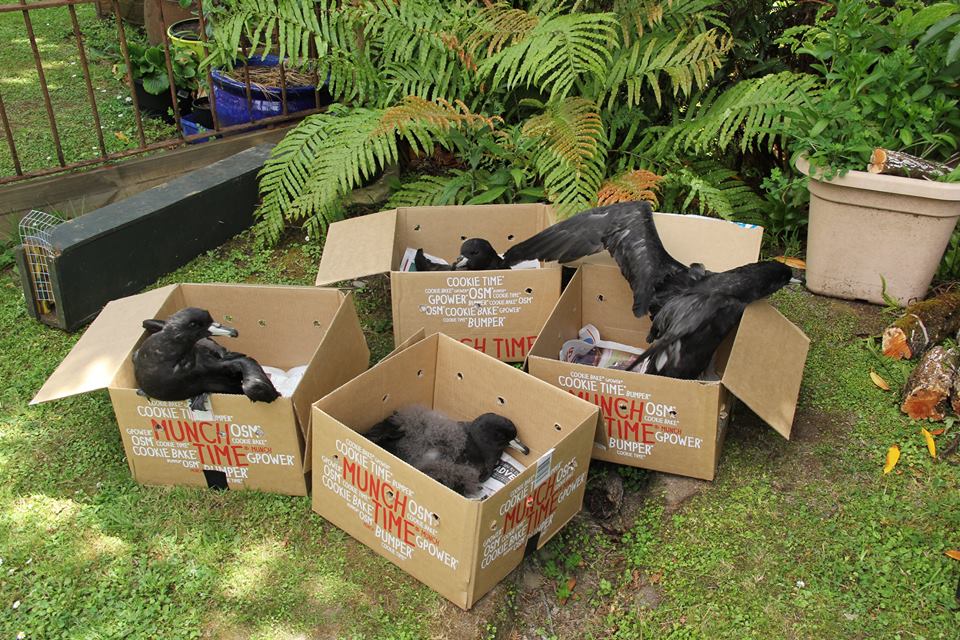


Street lights down ACAP-listed Westland Petrel fledglings in New Zealand - resulting in road kills from traffic
World Migratory Bird Day (WMBD) is an annual awareness-raising campaign highlighting the need for the conservation of migratory birds and their habitats. It has a global outreach and is an effective tool to help raise global awareness of the threats faced by migratory birds, their ecological importance, and the need for international cooperation to conserve them. The day is celebrated twice a year, on the second Saturdays of May and October. World Migratory Bird Day for 2022 will have the theme of Light Pollution.
“Artificial light is increasing globally by at least two per cent per year and it is known to adversely affect many bird species. Light pollution is a significant threat to migratory birds, causing disorientation when they fly at night, leading to collisions with buildings, perturbing their internal clocks, or interfering with their ability to undertake long-distance migrations.
Solutions to light pollution are readily available. For instance, more and more cities in the world are taking measures to dim building lights during migration phases in spring and autumn. Best practice guidelines are also being developed under the Convention on Migratory Species to address this growing issue and ensure that action is taken globally to help birds migrate safely.”

Downed Westland Petrels ready for release
Light pollution affects ACAP-listed species and other procellariiform seabirds in two main ways: during breeding on land and at sea. On-land threats are related to breeding adults and especially fledglings becoming disoriented and falling to the ground (where they are at risk of being run over on roads or being killed by domestic or feral cats and other predators) or being killed by collisions with overhead wires when traversing from breeding site to the shore in the vicinity of well-lit areas. Such events can happen on foggy nights and are related to phases of the moon. ACAP-listed species known to be at risk are the Westland Petrel Procellaria westlandica, the Pink-footed Shearwater Ardenna creatopus and the Balearic Shearwater Puffinus mauretanicus. Other procellariiform species seriously affected include Newell’s Puffinus newelli and Wedge-tailed Ardenna pacifica Shearwaters and Hawaiian Petrels Pterodroma sandwichensis on inhabited Hawaiian islands and Hutton’s Shearwater Puffinus huttoni that breeds inland on New Zealand’s South Island. Searching on these species’ names will lead to several news posts on the subject of light pollution on this website.
At-sea threats relate to bright deck lighting at night attracting mainly the smaller procellariiform birds on fishing, expedition and cruise vessels, primarily in the Southern Ocean and especially during calm, foggy conditions in the vicinity of breeding islands (click here for an example).

Testing green street lighting in Chile to reduce fall out of Pink-footed Shearwaters; photograph from Oikonos Ecosystem Knowledge
To become involved with World Migratory Bird Day for 2022 and to register events visit the campaign’s website.
John Cooper, ACAP Information Officer, 14 December 2022

 English
English  Français
Français  Español
Español